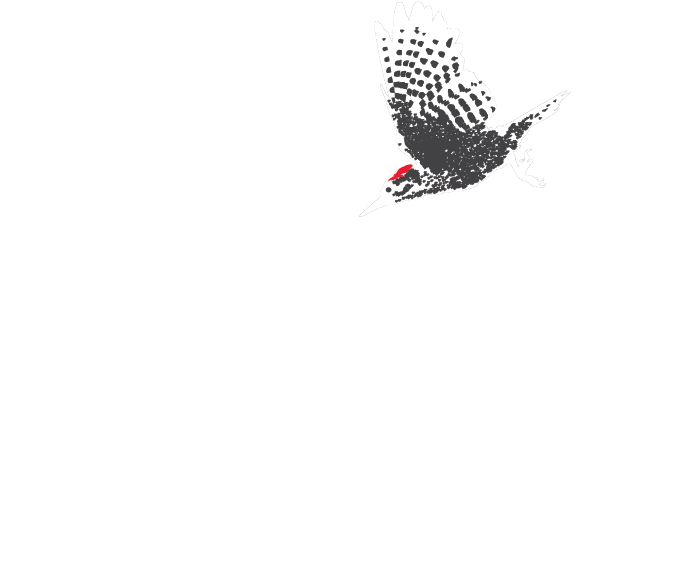"Touch the Land Lightly"
An ALTERNATE APPROACH TO DEVELOPMENT
Development of land is inherently destructive, but ultimately necessary for growth. Balancing our need to grow and build with protecting the environment is important everywhere, but of paramount importance in areas that have as much biodiversity and critical functions to our ecosystem that we experience in Coastal Eastern North Carolina. Our environmental sensitivity in construction protects not only the environment, but what draws people to the area – its beaches, fishing, hunting, marsh views, and animal interactions.
Site Plan
7 lots: 6 Homesites, 1 Shared Community Space
- Lot 1: 117.74' of waterfront, 1.283 acres
- Lot 2: 141.96' of waterfront, 1.436 acres
- Lot 3: Shared Community Space
(gardens, swings, etc.) - Lot 4: waterview, 0.931 acres
- Lot 5: waterview / forest backyard, 0.80 acres
- Lot 6: pine forested lot, 0.65 acres
- Lot 7: pine forested lot, 0.71 acres
Amenities
An entry that has been chiseled away around the trees bringing you back to what driving into an eastern North Carolina pine forest felt like 100 years ago, a nature trail, a shared day dock with water access and a shared community lot.









